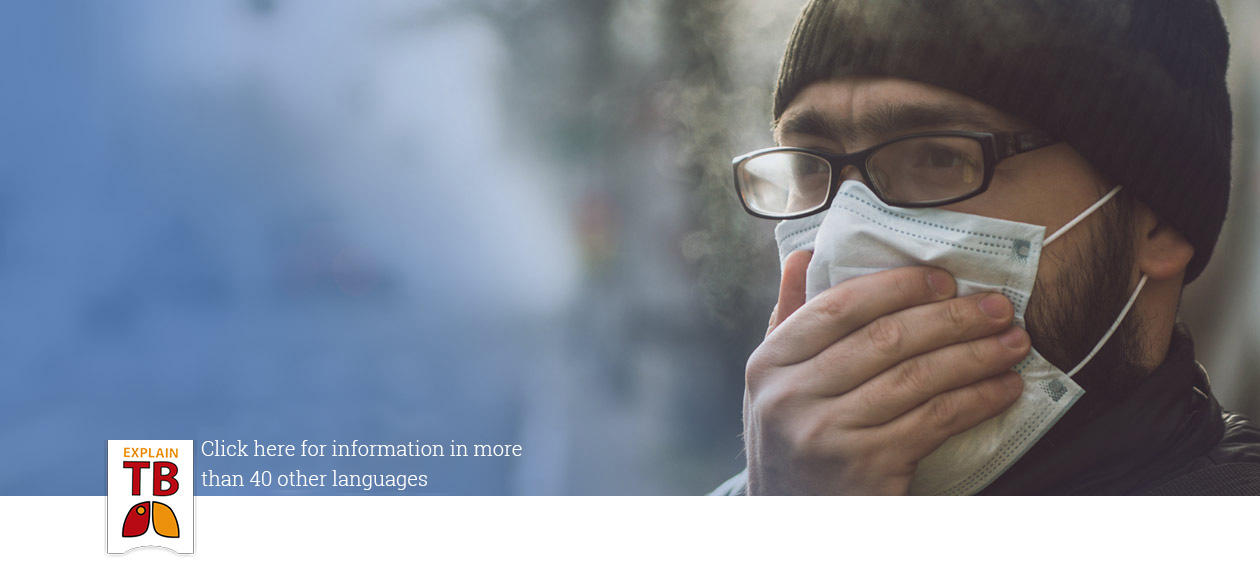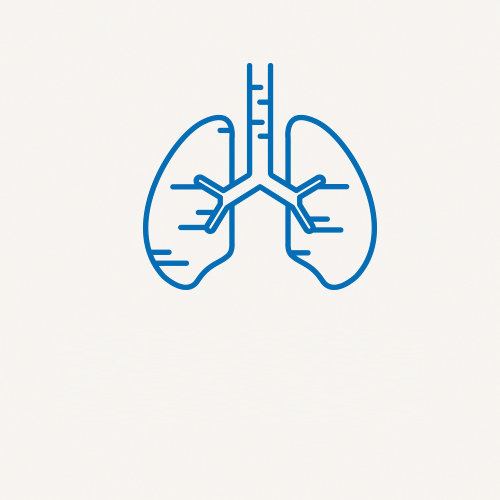Frequently asked questions about tuberculosis. (FAQs)
Prevention
What should I do if I have had contact with someone with tuberculosis?
If you have had contact with a person with infectious tuberculosis, the intensity and duration of the contact are decisive for the risk of being infected. You should contact your public health institute for advice. Not all people with tuberculosis are contagious. If the contact is considered relevant by the local health authority, further examinations are initiated. The public health institute carries out a contact tracing investigation with each infectious tuberculosis case in Germany. To find all people who might got infected, all contact persons should be indicated by the patient. The local health authority decides whether a further examination is appropriate based on the type and duration of the contact.
last update February 2020
Can I catch it at work or when taking public transportation?
Tuberculosis is a rare disease in Germany. An infection in public spaces (e.g. public transport) is unlikely and it is not necessary to protect yourself. The risk of contracting tuberculosis is highest in the case of close and frequent contact (e.g. in the family). If you have had closer contact with a person suffering from contagious tuberculosis, the local health authority will invite you to a consultation and an examination as part of the so called environmental investigation.
last update February 2020
Is tuberculosis dangerous for children?
Children have a higher risk than adults of contracting tuberculosis and then becoming ill. In addition, the risk of getting seriously ill is higher in children. A child’s immune system is less developed than an adult’s. Children should therefore be carefully protected if they live in the environment of a person with infectious tuberculosis. If possible, the contact should even be avoided. If there is any contact, the child in question must be examined. The risk of disease is highest for infants. It is estimated that half of the infants who have been infected fall ill within two years. Unfortunately, the typical symptoms of the disease – cough, fever, and night sweats – are less pronounced in children. On the other hand, the course of the disease in chidlren can be rather unusual. The lungs, brain, and any other organ can be affected. In order to prevent the development of a disease after contact, preventive or prophylactic therapy is recommended for children under the age of 5.
last update February 2020
Are there differences between children and adults with respect to diagnosis and therapy?
As with adults, a chest X-ray should be carried out, if tuberculosis is suspected. The radiation during this examination is relatively low. If there is reasonable suspicion of tuberculosis, the radiation is less harmful for the child than an overlooked pulmonary tuberculosis. For many children, it is difficult to cough out a sample of sputum for laboratory testing. In this case, a thin tube is inserted into the stomach to collect a sample of the gastric juice. Often no bacteria are found there in children either. Nevertheless, treatment is necessary if there is sufficient evidence of tuberculosis. As with adults, the drugs are dosed according to body weight, although the dosages may differ from those of adults. The chance of recovery is quite good, if the treatment is followed regularly and completely over the entire duration of therapy. In case of side effects, the treating physician should be consulted. In most cases, the therapy can be adopted and continued in a way that is tolerable for the child.
last update February 2020
Is tuberculosis dangerous for pregnant women and mothers?
During pregnancy, tuberculosis can harm not only the mother but also the unborn child. Therefore, tuberculosis must also be treated during pregnancy. The standard medications are suitable for this purpose and have often been used during pregnancy and breast feeding. In most cases, the therapy is possible without complications and should not lead to an abortion of the pregnancy. In case an X-ray of the lung is necessary, this can also be done during pregnancy. The baby is protected with a lead apron, and only a small dose of radiation is required. In rare cases, the unborn child or the newborn child may develop tuberculosis themselves. To prevent a tuberculosis disease in your child, certain protective measures are necessary. You should seek the advice of a specialised doctor.
last update February 2020
How is tuberculosis transmitted?
Tuberculosis bacteria that have been inhaled can multiply in the lungs. When the human immune system attempts to destroy the affected cells, parts of the lungs are often damaged. If cavities are formed in the lung tissue, these are referred to as caverns. They are then often visible in the X-ray image. In these caverns, there are many bacteria, which are difficult to reach for the human immune system. Bacteria from the caverns or other pathologically altered parts of the lungs can be released into the ambient air for example while coughing. In case they are inhaled by other people, these individuals can get infected. Tuberculosis patients should therefore wear mouth and nose mask protection as long as bacteria can be detected in the sputum. Contact persons have to protect themselves with a dust mask at least of the standard of a fine filtering facepice (FFP) 2. However, not every tuberculosis patient is contagious. Contagiousness is determined by examination of the sputum. The responsible physician and the local health authorities will inform you, if there is a risk of infection.
last update February 2020
What is the risk of infection?
Tuberculosis is difficult to transmit. However, the closer and more frequent the contact with a contagious tuberculosis patient, the higher the risk of infection. For this reason, the health authorities ask about the duration and the intensity of contact in the context of a contact investigation. If contagious tuberculosis is effectively treated effectively, the patient is often no longer contagious after a few weeks of therapy. The responsible physician and the local health authorities can inform you, if there is still a risk of infection. Tuberculosis has become a very rare disease in Germany. Because of this, it is very unlikely to catch it in public (e.g. in a bus or subway). Transmission is not possible by people, who have had contact with a person suffering from tuberculosis and have not developed the disease themselves.
last update February 2020
I have had contact with tuberculosis in my working environment – what should I do?
In case of contact with an infectious tuberculosis patient during work, it is recommended that the company’s doctor is consulted for a preventive medical check-up. If a tuberculosis disease is discovered during the examination, it must be reported to the local health authority. The employers’ liability insurance is also informed, if it is suspected that the infection occurred during work. It is then checked, whether this is an occupational disease. Further information on tuberculosis in the context of professional activities can be found on the website of the Berufsgenossenschaft für Gesundheitsdienst und Wohlfahrtspflege (Professional Association for Health Services and Welfare) Link)
last update February 2020
Is there any research into tuberculosis?
Tuberculosis is an infectious disease that has existed for a very long time and that still affects millions of people worldwide. However, many details of the disease have not yet been fully understood. If you are affected by tuberculosis, you can help researchers better understand the disease by participating in a study. Studies can also help to improve the therapy of tuberculosis.
last update February 2020
Is there a vaccination against tuberculosis?
There is a vaccine against tuberculosis. It’s name is BCG, which stands for Bacillus Calmette-Guérin. The vaccine contains attenuated bacteria, which should cause no illness in humans, but train the immune system. However, the vaccine does not adequately protect adults from contracting or becoming ill with tuberculosis. In infants and young children, BCG vaccination can prevent severe disease progression. Therefore, it is used in countries where tuberculosis is common. In Germany – as well as in other countries where tuberculosis is rare today – the BCG vaccine is recommended neither for children nor for adults. The development of a new and better effective vaccine is also intensively researched in Germany.
last update February 2020
Interviews with experts and patients.



















